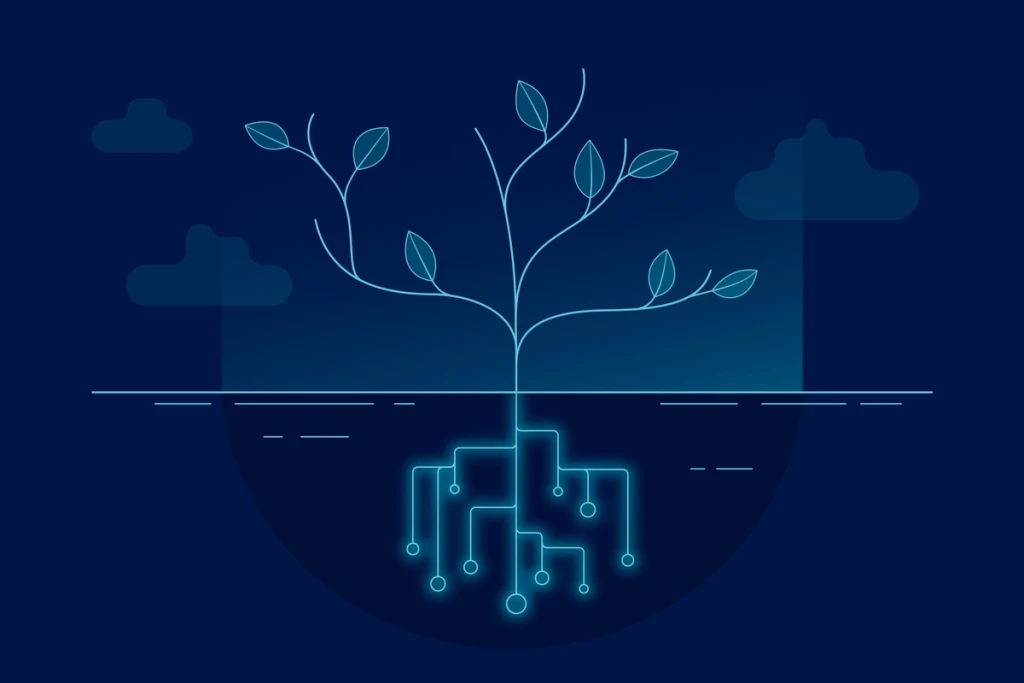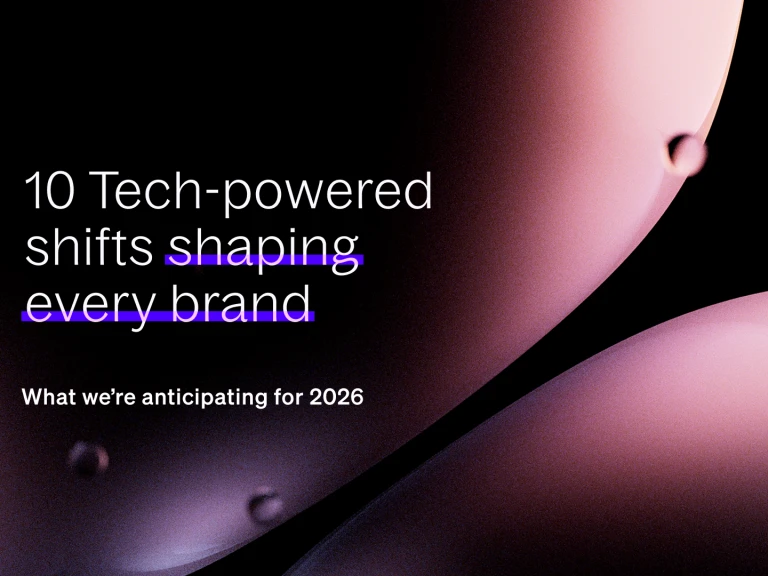On August 5, 2025, leaders from across Indonesia’s mining and energy industries gathered at The Summit Club in Jakarta’s World Trade Centre for the very first Juicebox Connect Series: V1.0.
The event brought together CEOs, CFOs, strategists, and sustainability experts for a candid discussion on one of the country’s biggest challenges, and opportunities: how Indonesia can position itself in the global energy transition.
The theme, “Defining Your Position in Indonesia’s Energy Future,” set the tone for a morning of big questions:
How can private companies lead where public policy is lagging?
What are the real trade-offs of energy transition in Indonesia?
And perhaps most surprisingly: why is brand strategy becoming a critical factor in shaping investment, influence, and long-term credibility in this sector?
The Global Shift: Why the Rules Have Changed
Tom West, Director of Juicebox Indonesia, opened the session by painting the bigger picture. His message was blunt:
“The world’s largest asset owners, regulators, and consumers are rewriting the rules, and they’re not asking for your opinion.”
He highlighted how international capital markets are already moving decisively:
75% of sovereign wealth funds now screen investments for climate risk. Not because of activism, but because their mandate is to safeguard wealth for future generations.
European pension funds, which together manage more than €4 trillion, are legally required to integrate ESG (environmental, social, governance) factors into investment decisions.
The EU taxonomy alone shapes about €1 trillion in annual capital flows by defining what qualifies as “sustainable.”
For Indonesia, this means companies no longer get to decide whether or not sustainability matters, the global market has decided for them.
The Indonesian government has tried to keep up. For example, the OJK’s mandatory sustainability reporting now has an 88% compliance rate among listed companies. But reporting is only step one.
In practice, banks are pulling back from coal financing, insurers are declining to cover high-emission projects, and development funds increasingly go only to companies that meet international ESG standards.
West summed it up simply:
“This is supply and demand. If you want international capital, you have two choices:
React defensively, comply, report, and hope the storm passes.
Or step up, understand what investors really want and position yourself to win.”
The Indonesian Challenge: Ambition vs. Reality
Indonesia’s ambition is clear. The government has outlined the National Road Map for Energy Transition and the RUPTL 2025-2034 plan.
But the reality is harder:
Funding gaps remain enormous.
Technology dependencies limit speed.
Regulatory complexity slows down projects.
And there’s still a major gap between what’s being promised and what’s being delivered.
As Juicebox’s Brand & Growth Director, Joel Pember, put it:
“The question isn’t whether Indonesia will transition. It’s who will define what that transition looks like, and who will be ready to lead it.”
Lessons from Western Australia
To give context, Juicebox shared lessons from Western Australia (WA), often called the “Silicon Valley of mining.”
WA’s sector has been shaped by tough conditions and strict regulations, which forced companies to innovate. Today, automation, remote operations, and heavy-tech infrastructure set a global benchmark.
But WA’s story also offers a warning. Advanced technology isn’t enough on its own. Brand is what bridges capability and credibility.
Australian companies have learned the hard way that cultural missteps, environmental controversies, and poor community engagement can damage trust. Even in high-tech mining hubs, companies now struggle to attract top STEM talent because of brand perception.
The lesson? If you want to lead the transition, you need more than strong operations, you need a strong story.
Case Studies: Brand as a Strategic Asset
1. Fortescue: From Iron Ore to Green Energy
One of the boldest transformations in recent mining history came from Fortescue, a global iron ore giant.
During COVID, while many companies retreated, founder Andrew Forrest went on the offensive. He publicly admitted Fortescue’s carbon-heavy past, calling it a “confession of a carbon emitter”, and announced plans for Fortescue Future Industries (FFI) to pioneer green hydrogen.
Juicebox, working with Wieden+Kennedy, helped reframe Fortescue not just as a miner, but as a leader in clean energy. The campaign showed up everywhere:
Full-page ads in The New York Times
Black cab takeovers in London
TV spots during the COP climate conference
Partnerships with automakers to electrify entire fleets
It wasn’t just marketing. It was a strategic repositioning, backed by conviction. Fortescue’s brand became its strongest asset in influencing global systems, winning partnerships, and securing future growth.
The takeaway? If an iron ore giant can reinvent itself, why can’t smaller players step up with the same conviction?
2. Develop: A People-First Mining Company
On the other end of the spectrum is Develop, founded by respected mining leader Bill Beament.
Instead of building a company around projects, Beament built it around people. His vision: attract the best engineers, technologists, and young professionals to a sector that desperately needs fresh STEM talent.
Juicebox helped craft a brand that didn’t look or feel like a typical mining company. Instead, it positioned Develop as a future-focused, human-centered employer.
The results?
Rapid growth since launch
Key production milestones achieved
$180 million AUD in new capital raised
The lesson? A strong brand doesn’t just attract investors, it attracts the talent that makes long-term success possible.
3. Jindalee Lithium: Leading Before Production
Finally, consider Jindalee Lithium, which controls the largest known lithium deposit in the U.S.
The company’s challenge wasn’t mining, it hadn’t even started full production. The challenge was credibility.
Juicebox worked with Jindalee to build a narrative around one big idea: “The Responsible Revolution.” The brand positioned Jindalee as a trustworthy steward of critical minerals, aligned with U.S. national interests in electrification and energy independence.
This strategy paid off:
The project received FAST-41 status, fast-tracking its permitting process
A U.S.-based advisory and executive team was brought in
Jindalee gained recognition from key stakeholders, from government agencies to ESG investors
The lesson? Brand can give you a voice in the market long before production begins.
Key Takeaways from the Session
The event closed with four clear takeaways for Indonesian energy and mining leaders:
Clarity of Intent: Don’t wait for permission. The strongest brands move first.
Narrative Strength: A clear, consistent story is essential for capital, talent, and trust.
System Design: Every touchpoint, from reporting to recruitment, shapes perception.
Digital Experience: Today, your brand is judged by your online presence as much as by your operations.
Participants were asked tough questions:
What if your brand led, rather than followed, policy shifts?
Does your brand attract the kind of talent your company needs for the future?
Is your ESG story truly strategic, or just for compliance?
Framing the Future
The insight from Juicebox Connect was clear: those who take control of their brand narrative will be the ones who lead Indonesia’s energy transition.
The opportunity isn’t just about compliance. It’s not just about meeting global requirements. It’s about seizing the once-in-a-generation chance to lead.
Companies that view brand as infrastructure, not just logos, ads, or annual reports, will be the ones that unlock investment, attract the best talent, build long-term trust, and ultimately define Indonesia’s energy future.










